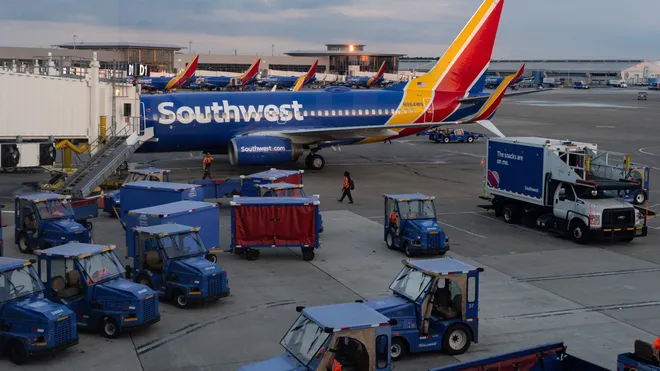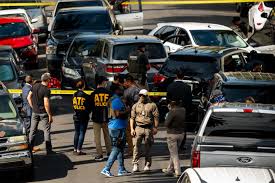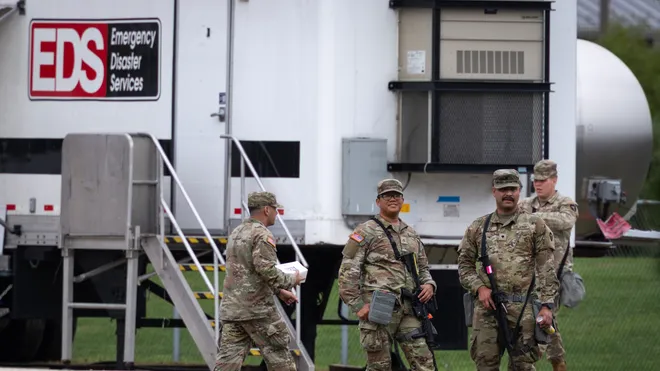
After a fatal midair collision near Washington, D.C., the long-standing “make it work” mentality at Reagan National Airport has come under intense scrutiny. Investigators from the National Transportation Safety Board revealed that air traffic controllers often relied on improvisation and workarounds to manage high volumes of air traffic in a tight and complex airspace. This culture of pushing the system beyond safe operational limits—rather than addressing structural issues—created a dangerous environment. In the case of the crash, a U.S. Army Black Hawk helicopter flew above its permitted altitude and lacked a functioning tracking system, making it invisible to overworked controllers juggling multiple roles. Despite years of warnings about near-misses and safety lapses, little was done to reform the system until it was too late. The tragedy has sparked a reckoning over how a culture of complacency and overconfidence led to preventable loss of life—and whether the FAA and military leadership did enough to prioritize safety over routine.







